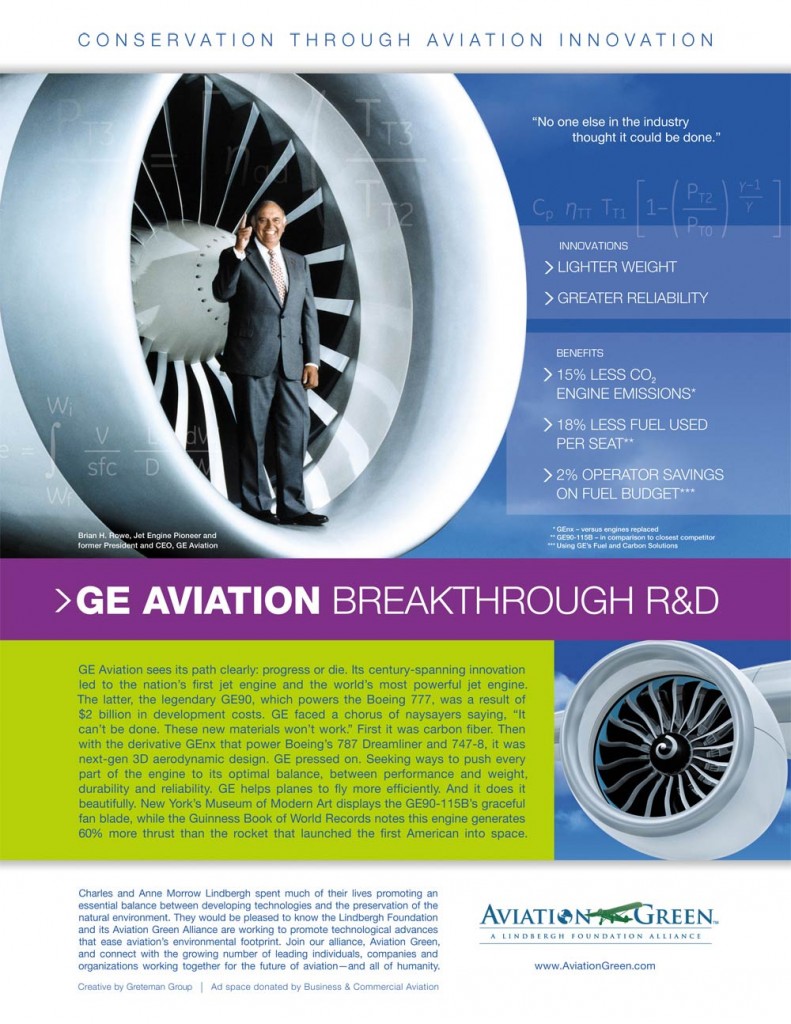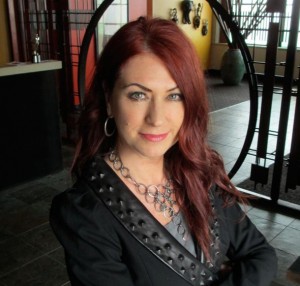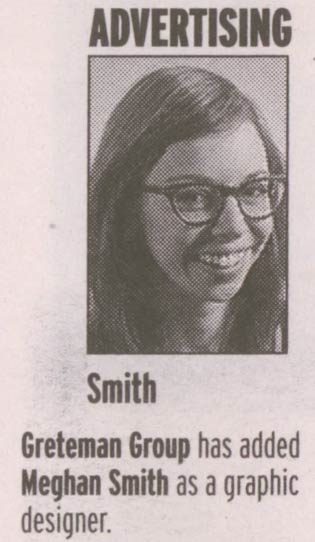Ad series celebrates aviation industry’s environmental accomplishments
CONTACT:
John Petersen, Lindbergh Foundation, 703.623.1944, [email protected]
FOR IMMEDIATE RELEASE

Orlando, Fl. — The aviation industry has done much over the past 35 years to improve efficiencies and lower emissions. But the general public and even the industry itself aren’t fully aware of all those efforts and the tremendous benefits they’ve garnered. The Lindbergh Foundation hopes to change that through its Aviation Green Alliance.
Aviation Green launched an ad campaign at last fall’s National Business Aviation Association convention in Orlando, Fla. The “Conservation Through Aviation Innovation” series was developed with the support of Greteman Group, an aviation-specialty marketing agency based in Wichita, Kan., the Air Capital. The firm provided the concept, copywriting, design and project management. Its media buyers worked with almost a dozen leading aviation publications to run complimentary full-page ads. They include Aircraft Owner Online, AOPA Pilot, Aviation International News, Aviation Week & Space Technology, Business and Commercial Aviation, Business Jet Traveler, EAA Sport Aviation, Flight International, Flying, Professional Pilot and Trade-a-Plane.
“Technology combined with human ingenuity and a true commitment to environmental stewardship becomes a powerful, positive change agent,” says Sonia Greteman, agency president and creative director. “We’ve been humbled and encouraged by the brilliant, world-changing people and companies we’ve profiled.”
Lord of the Wings: Joe Clark
The first ad in the series featured Aviation Partners CEO Joe Clark and his drag-reducing, fuel-efficiency-improving Blended Winglet™ technology, credited with saving more than 3 billion gallons of jet fuel and reducing CO2 emissions by more than 32 million tons on 5,000-plus aircraft worldwide.
And Aviation Partners hasn’t stopped there. It’s forging ahead with tests on split and spiroid winglets and other refinements that could boost efficiencies above 10 percent.
“The relentless drive within aviation to reduce our environmental footprint benefits everyone on the planet,” Clark says.
Composites Virtuoso: Burt Rutan
Another aviation legend – Burt Rutan, founder and chairman emeritus of Scaled Composites – lent his considerable testimony to the campaign. Rutan’s creations – from the ahead-of-its-time Beechcraft Starship to the out-of-this-world SpaceShipOne – helped usher in the composites era in aircraft construction. His radical concepts pushed the conceptual envelope, freeing aviation from the straightjacket of derivative design. The cumulative environmental impact is incalculable, but the countless efficiencies he pioneered have undoubtedly helped the planet breathe easier.
“Simplicity and efficiency drive great aircraft design,” says Rutan. “It’s not an accident that the best designs also are the most environmentally friendly.”
Focused on Efficiency: FedEx
In addition to highlighting individual achievement, the campaign holds up innovative companies for acclaim – and emulation. They include FedEx and GE Aviation. The former directly links the health of the planet to the long-term health of its business. It set a goal to reduce its CO2 emissions by 20 percent by the year 2020, and after meeting that goal in less than five years, is now aiming for 30 percent. As one of the world’s largest airlines, it’s been aggressively replacing older aircraft with new, more efficient models. Moving from Boeing 727s to 757s, for instance, reduces fuel consumption by 47 percent. Its broad-based stewardship extends to the use of electric delivery vehicles, alternative fuels, recycling and more.
Breakthrough R&D: GE Aviation
The most recent ad in the campaign, celebrates GE Aviation. Its century-spanning innovation led to the nation’s first jet engine and the world’s most powerful jet engine. The latter, the legendary GE90, which powers the Boeing 777, racked up $2 billion in development costs. GE faced a chorus of naysayers saying, “It can’t be done. These new materials won’t work.” First it was carbon fiber. Then with the derivative GEnx that powers the Boeing 787 Dreamliner and 747-8, it was next-gen 3D aerodynamic design. GE pressed on. Seeking ways to push every part of the engine to its optimal balance, between performance and weight, durability and reliability. GE helps planes fly more efficiently. And does it beautifully. New York’s Museum of Modern Art displays the GE90-115B’s graceful blade, while the Guinness Book of World Records notes this engine generates 60% more thrust than the rocket that launched the first American into space.
Moving Forward
“The feedback this awareness campaign is generating reinforces our belief that many people were unaware of the tremendous scope of aviation innovations and their impact on the environment,” says Lindbergh Foundation Chairman John Petersen. “The aviation industry can be one of the planet’s best environmental stewards – leveraging human ingenuity, harnessing technology and remaining steadfastly committed to finding ever-better solutions.”
About The Lindbergh Foundation
The Lindbergh Foundation is a public 501(c)(3) nonprofit organization that focuses on technological breakthroughs to address significant aviation-environmental issues. It highly values individual initiative and accomplishments. It devotes its programs to supporting, honoring and educating individuals through three major programs: the annual Lindbergh Award, presented to individuals for significant contributions toward balancing nature and scientific innovation in their work; the Lindbergh Grants program, which provides grants in amounts up to $10,580 (the cost of building the Spirit of St. Louis in 1927) for research or education projects that will make important contributions to the technology/environment balance; and a variety of educational events including the new Aviation Green Alliance.
About the Aviation Green Alliance
The Lindbergh Foundation’s Aviation Green Alliance brings together corporations, organizations and individuals to facilitate innovations that enhance all aspects of flying while benefiting the planet and quality of life. Aviation Green seeks initiatives that create solutions such as cleaner fuels, noise reduction, fuel efficiency, reduced drag, greater aircraft operating efficiencies, more sustainable buildings and business practices, and reduced contamination of the air and earth. It focuses on producing unambiguous benefits for the aviation community and the environment. Aviation Green achieves its goals throughout the year with practical, substantive, value-producing initiatives.
COVERAGE
Wichita Business Journal
June 10, 2013
BlueSky Business Aviation News
June 6, 2013
BART International Online
May 30, 2013
SiloBreaker
May 30, 2013
Civil Aviation Training
May 29, 2013


 Wichita Business Journal
Wichita Business Journal
 © The Wichita Eagle, 2013
© The Wichita Eagle, 2013

 Winning Tellies never gets old. Marketing communications agency Greteman Group – working closely with the Kansas State Fair team headed up by Denny Stoecklein and Lori Mulch-Hart – just won a second Telly for fair creative.
Winning Tellies never gets old. Marketing communications agency Greteman Group – working closely with the Kansas State Fair team headed up by Denny Stoecklein and Lori Mulch-Hart – just won a second Telly for fair creative. Wichita-based marketing communications firm Greteman Group has hired Meghan Smith as graphic designer. In her position, Smith will be responsible for both digital and print media.
Wichita-based marketing communications firm Greteman Group has hired Meghan Smith as graphic designer. In her position, Smith will be responsible for both digital and print media.